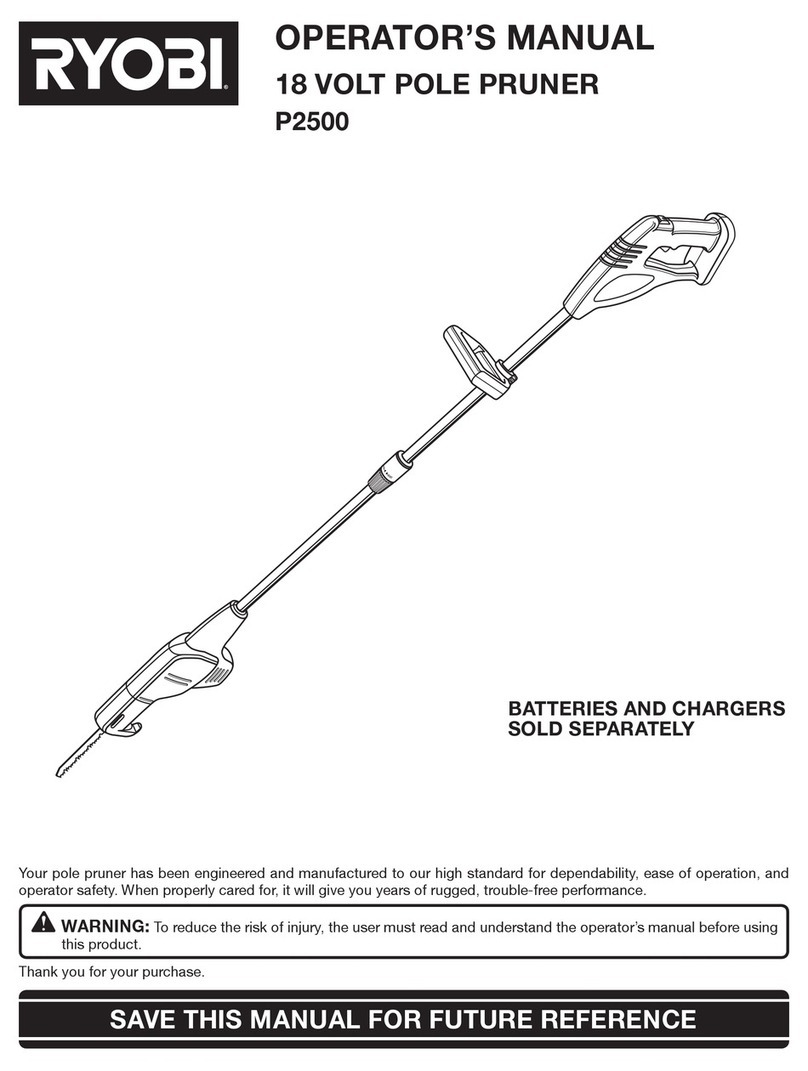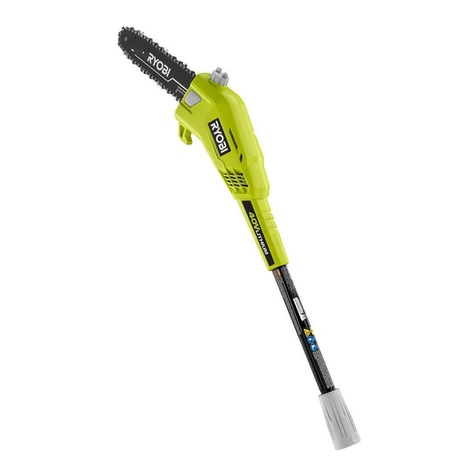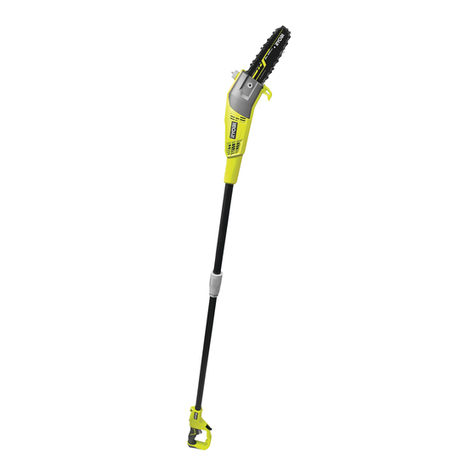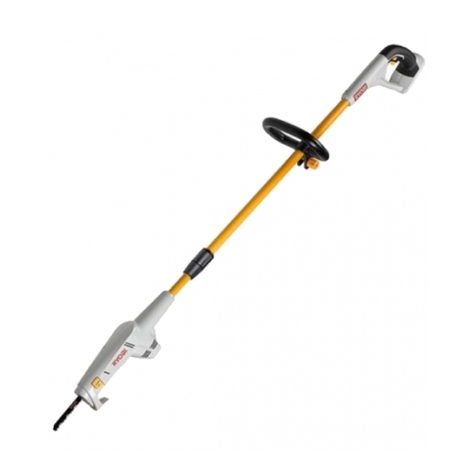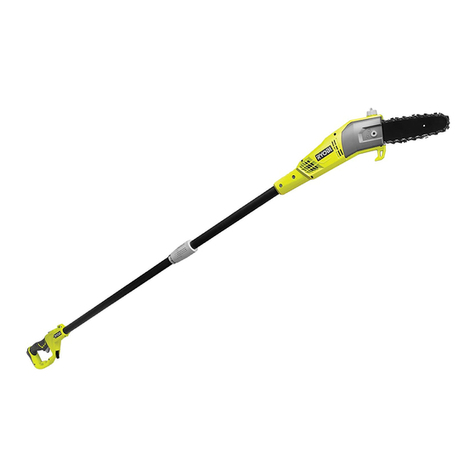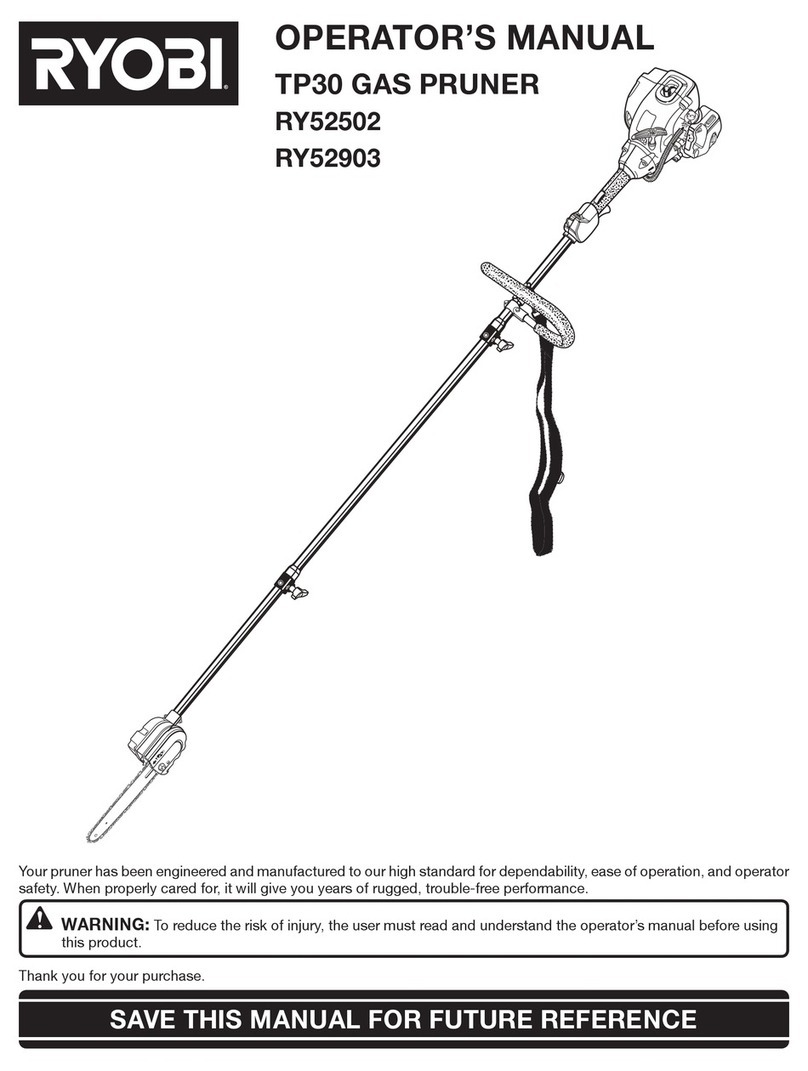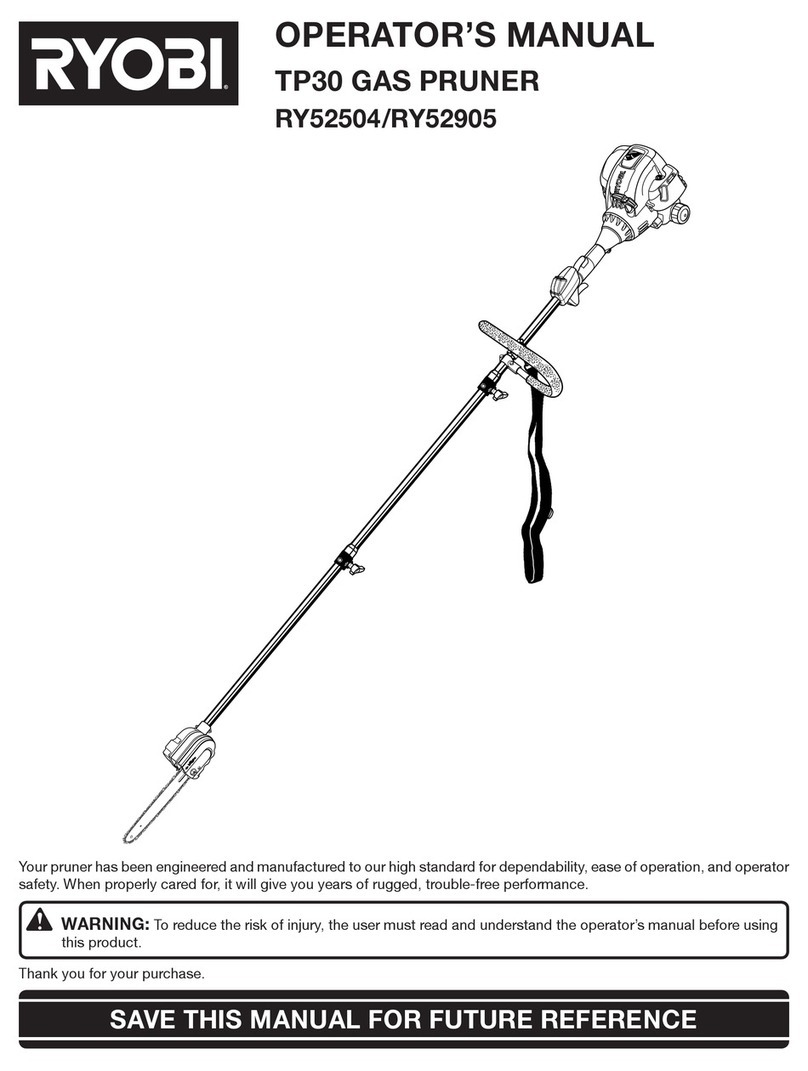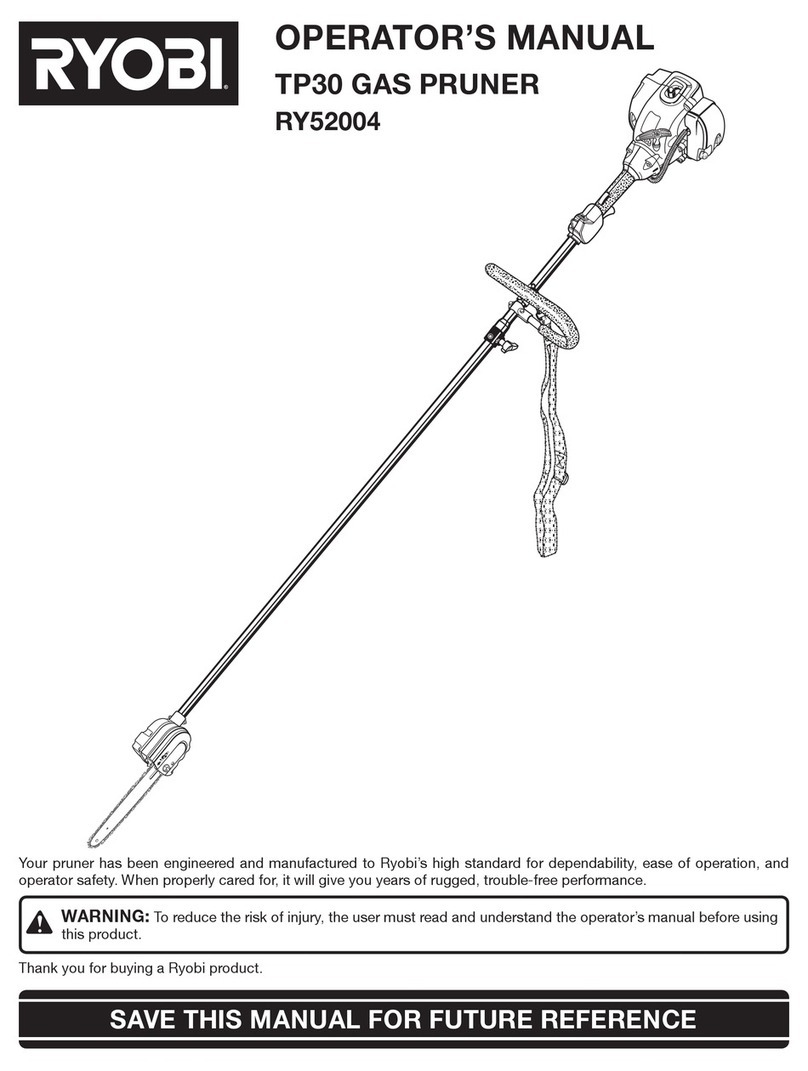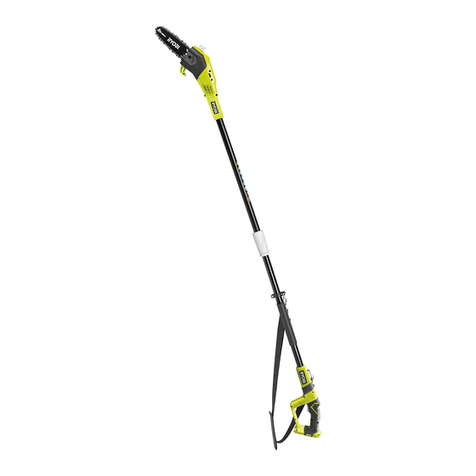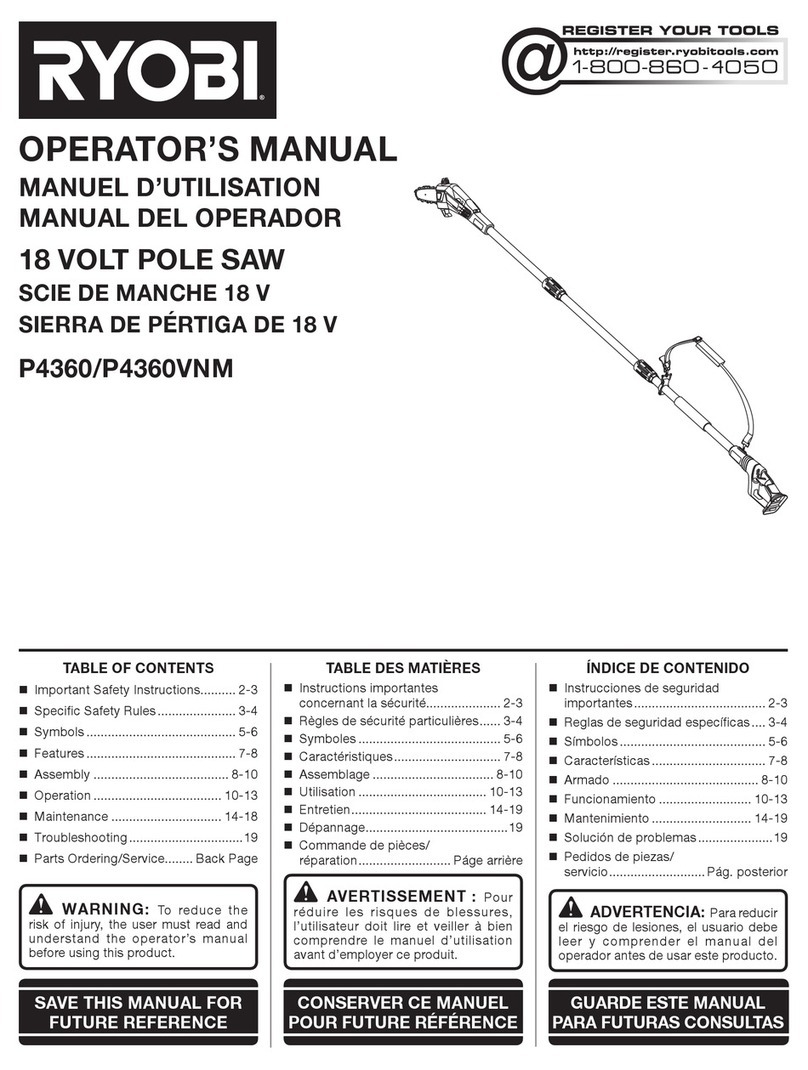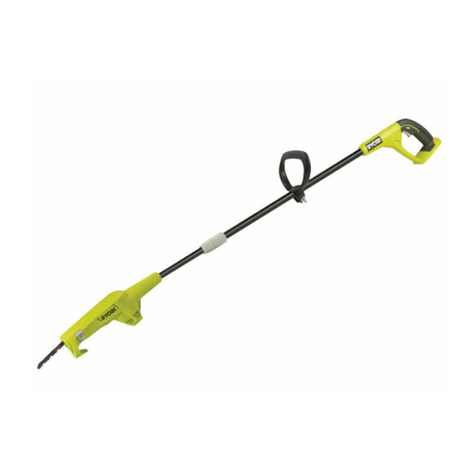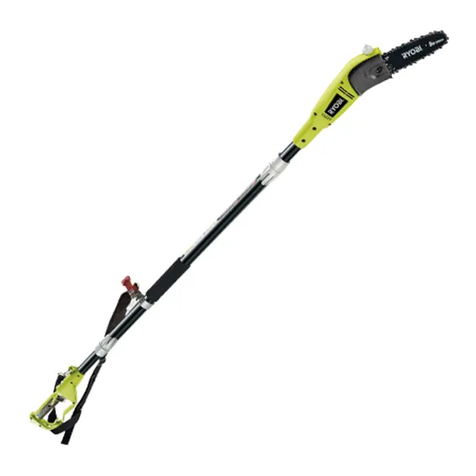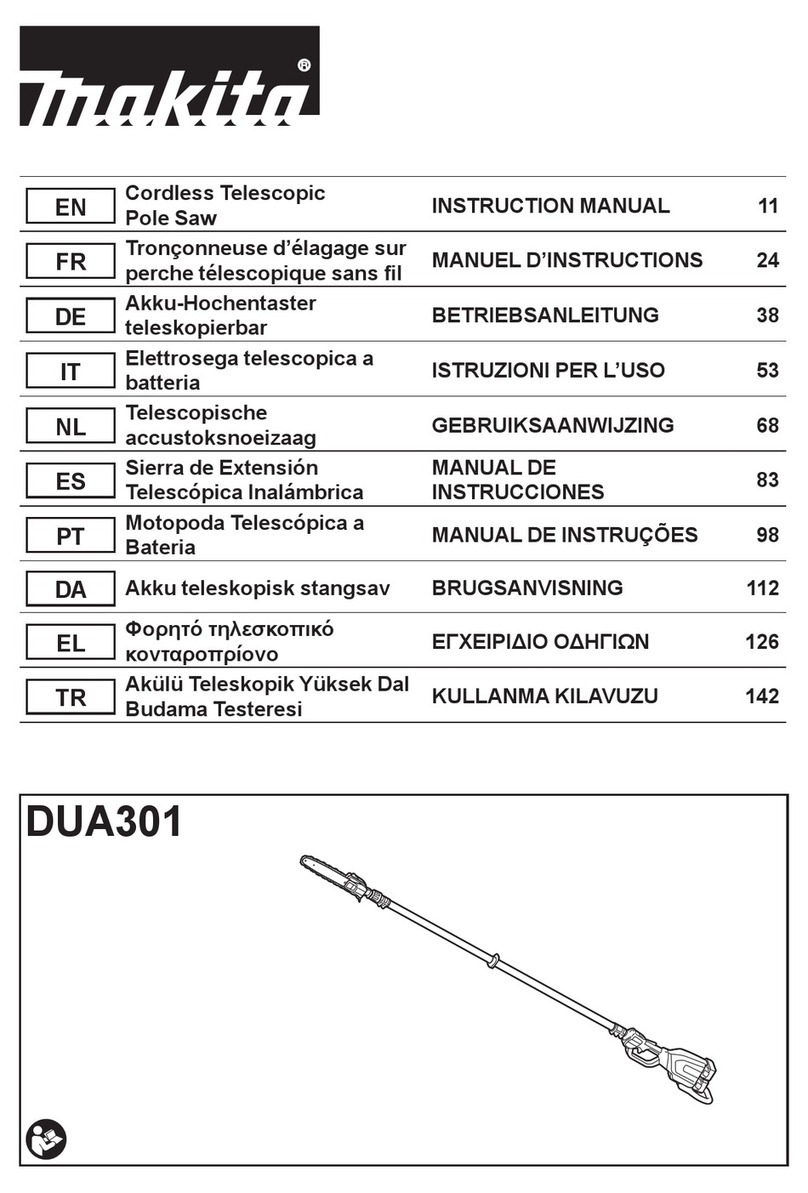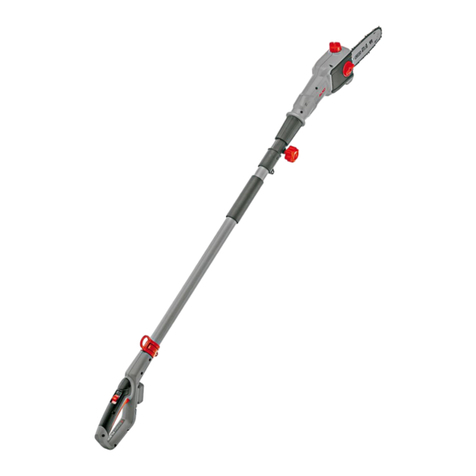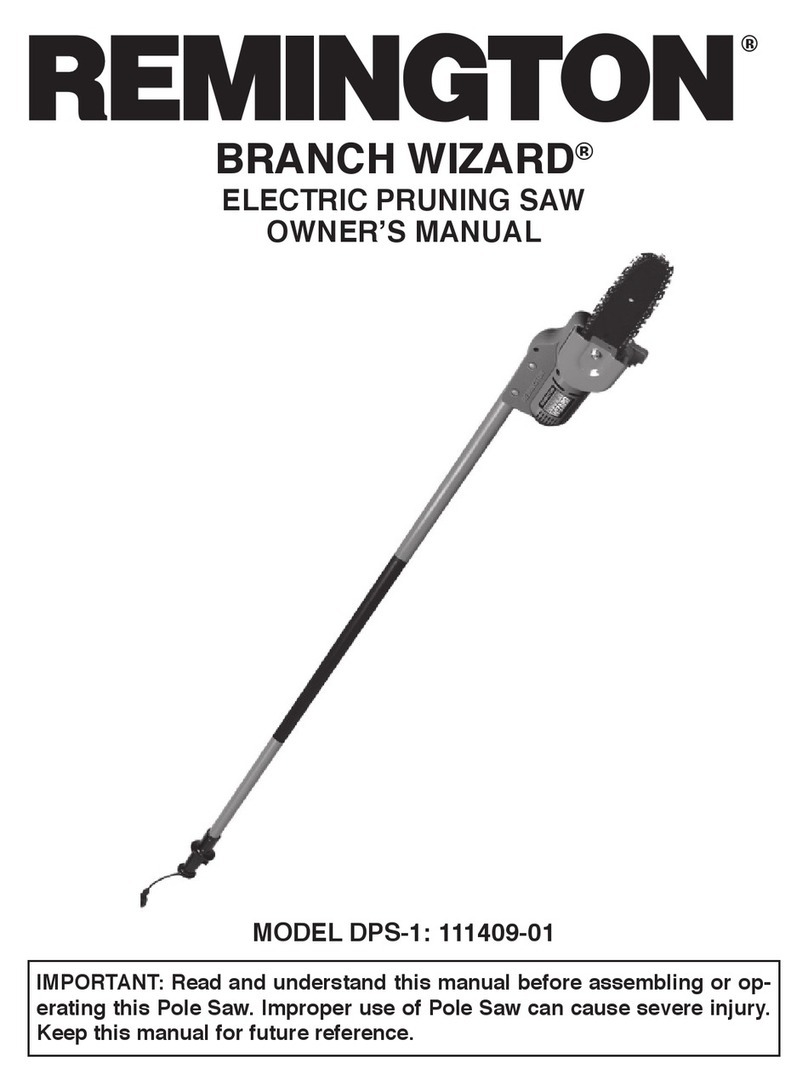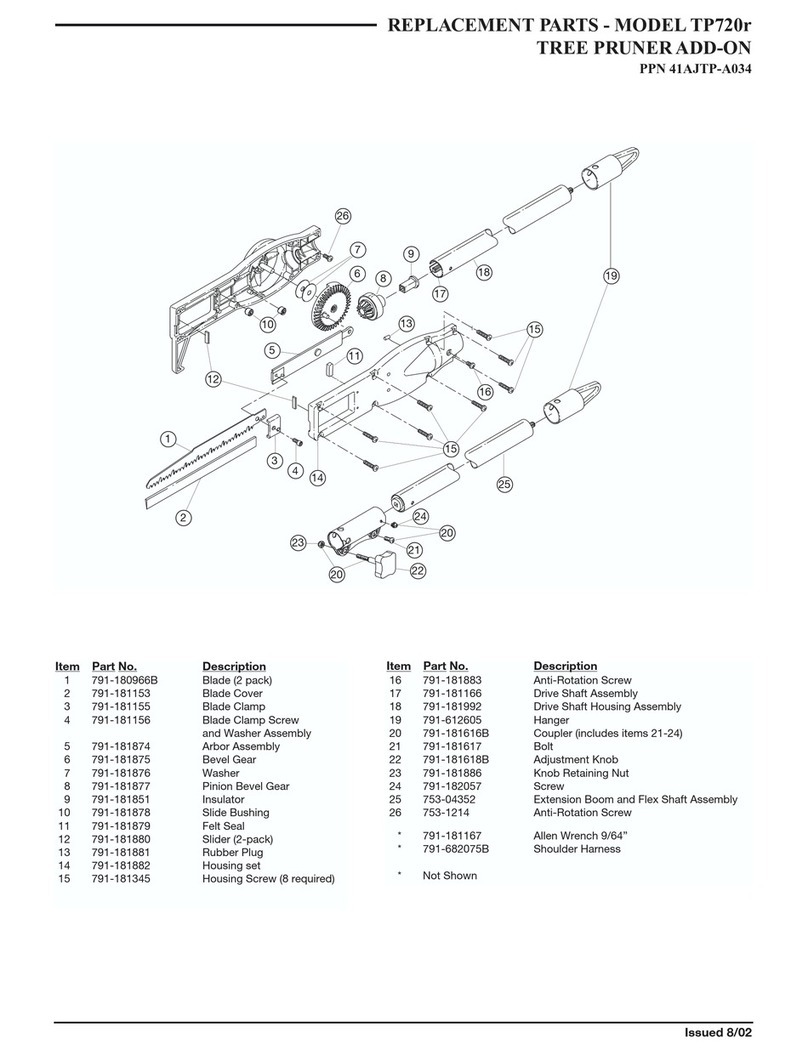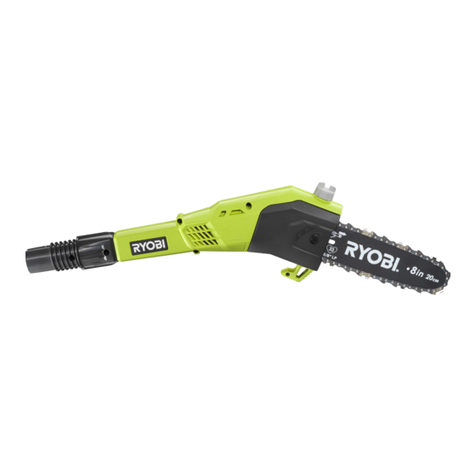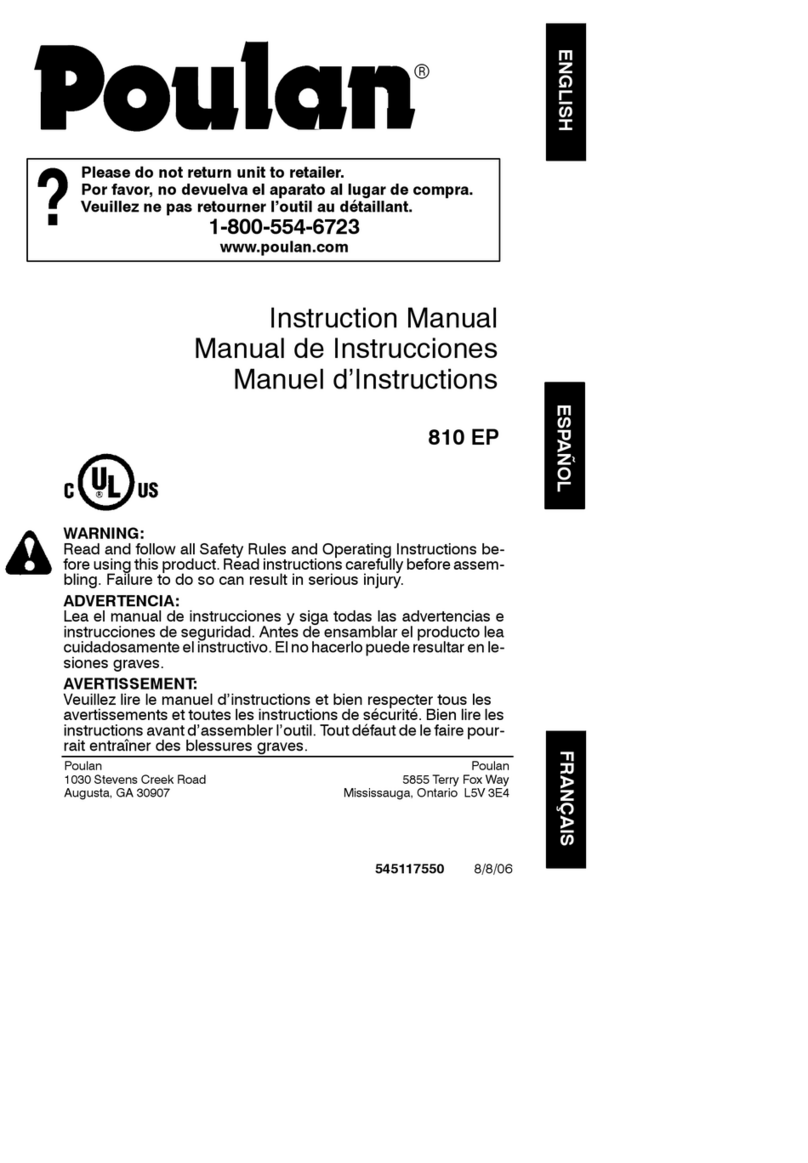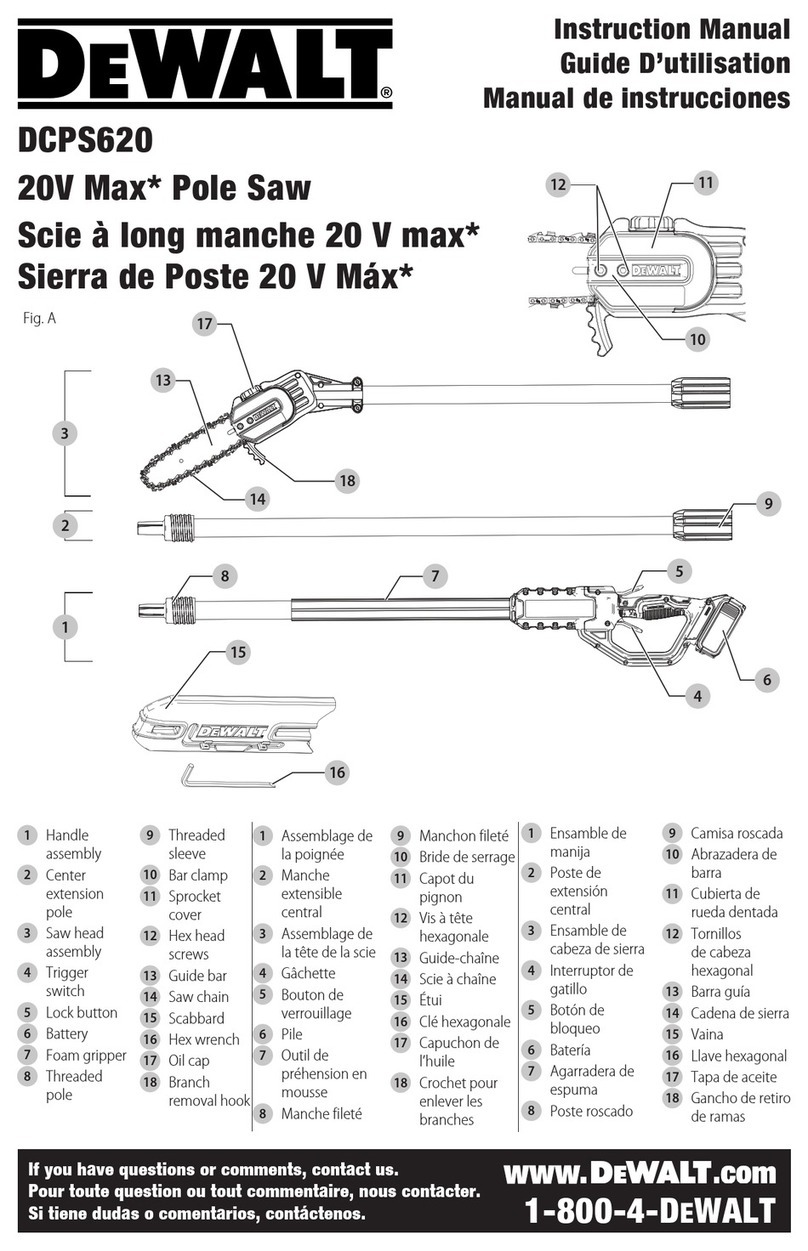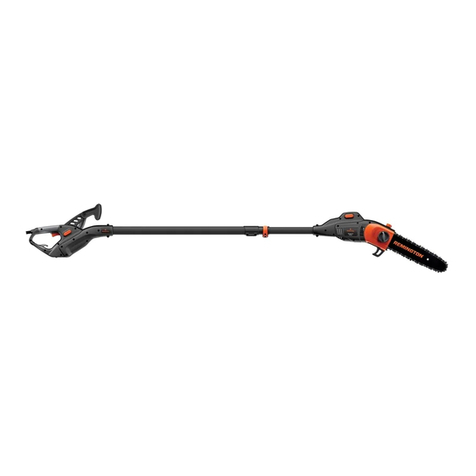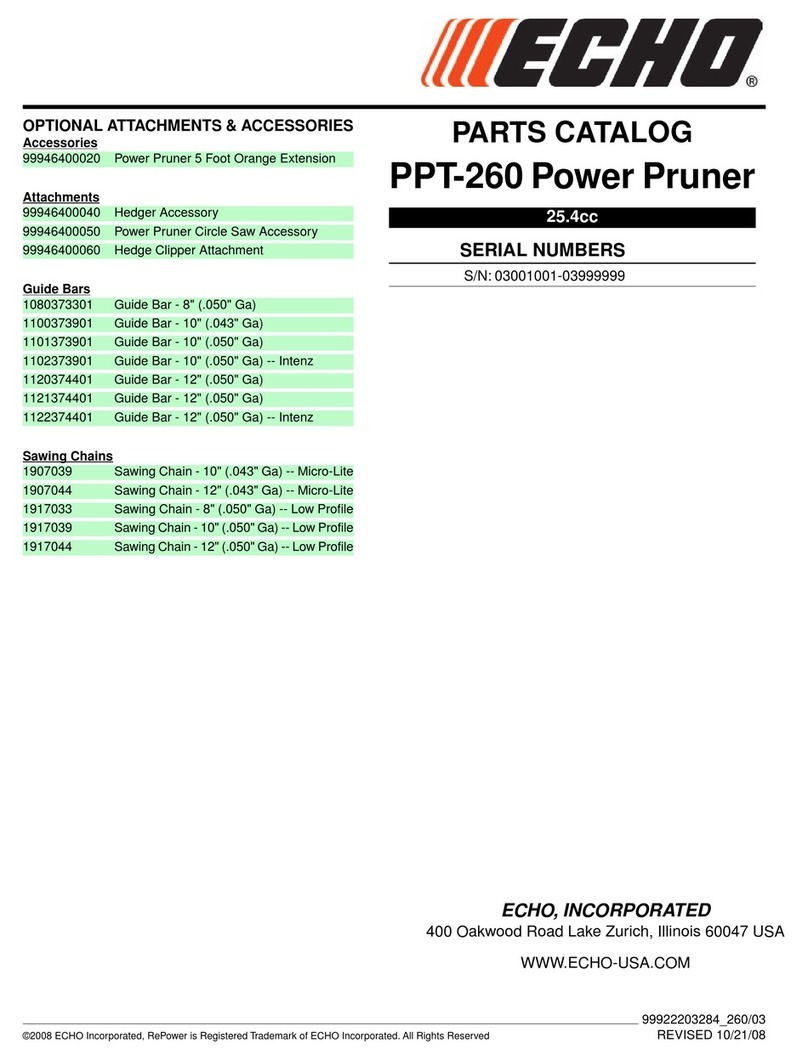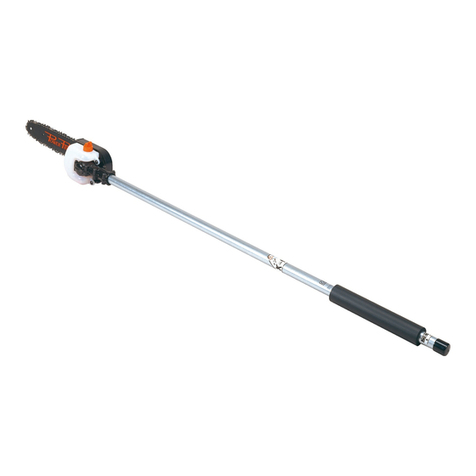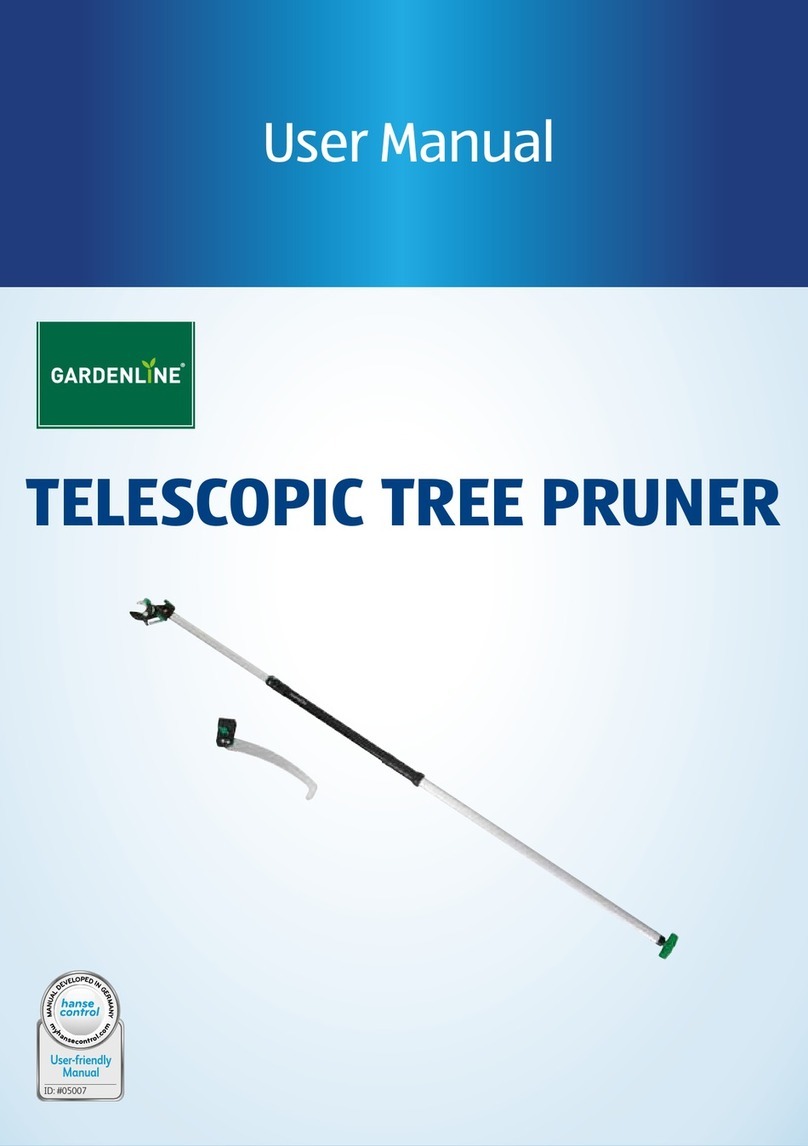Safety
2
ŶKeep cutting tools sharp and clean. Properly
maintained cutting tools with sharp cutting edges are
less likely to bind and are easier to control.
ŶUse the power tool, accessories and tool bits etc.
in accordance with these instructions, taking into
account the working conditions and the work to
be performed. Use of the power tool for operations
different from those intended could result in a
hazardous situation.
BATTERY TOOL USE AND CARE
ŶRecharge only with the charger specified by the
manufacturer. A charger that is suitable for one type
of battery pack may create a risk of fire when used with
another battery pack.
ŶUse power tools only with specifically designated
battery packs. Use of any other battery packs may
create a risk of injury and fire.
ŶWhen battery pack is not in use, keep it away from
other metal objects like paper clips, coins, keys,
nails, screws, or other small metal objects that can
make a connection from one terminal to another.
Shorting the battery terminals together may cause
burns or fire.
ŶUnder abusive conditions, liquid may be ejected
from the battery; avoid contact. If contact accidentally
occurs, flush with plenty of soap and water. If liquid
contacts eyes, immediately seek medical help. Liquid
ejected from the battery may cause irritation or burns.
SERVICE
ŶHave your power tool serviced by a qualified repair
person using only identical replacement parts.
This will ensure that the safety of the power tool is
maintained.
WARNING
Injuries may be caused, or aggravated, by prolonged
use of a tool. When using any tool for prolonged periods,
ensure you take regular breaks.
SPECIFIC SAFETY RULES
PREPARATION
ŶLocal regulations may restrict the use of the machine.
Check with the local authorities before use.
ŶInspect the unit before use. Replace any damaged
parts. Check for battery pack leaks.
ŶNever attempt to use an incomplete machine or one
fitted with an unauthorised modification. If any parts are
missing, do not operate the unit until the missing parts
are replaced.
OPERATION
ŶIt has been reported that vibrations from hand-held
tools may contribute to a condition called Raynaud’s
Syndrome in certain individuals. Symptoms may
include tingling, numbness and blanching of the fingers,
usually apparent upon exposure to cold. Hereditary
factors, exposure to cold and dampness, diet, smoking
and work practices are all thought to contribute to
the development of these symptoms. It is presently
unknown what, if any, vibrations or extent of exposure
may contribute to the condition. There are measures
that can be taken by the operator to possibly reduce the
effects of vibration:
ƔKeep your body warm in cold weather. When
operating the unit wear gloves to keep the hands
and wrists warm. It is reported that cold weather is
a major factor contributing to Raynaud’s Syndrome.
ƔAfter each period of operation, exercise to increase
blood circulation.
ƔTake frequent work breaks. Limit the amount of
exposure per day.
If you experience any of the symptoms of this condition,
immediately discontinue use and see your physician
about these symptoms.
ŶFor prolonged tool life and safe operation, the
recommended cutting capacity of this product is 153
mm (6 in.) and smaller. Cutting logs with a diameter
larger than this will cause excess wear on your tool.
The product can cut logs with a maximum diameter of
200 mm (8 in.), but should only be done rarely and with
caution.
ŶAny power tool is potentially lethal if used
inappropriately. It is strongly suggested that you seek
professional training in the safety and use of this tool.
ŶDo not use the machine in any position that causes any
part to come within 10 m of overhead electrical lines.
ŶRemove branches in sections. Do not operate in
dangerous positions. Beware of falling branches or
those rebound after hitting the ground.
ŶWear head and eye protection to prevent injury from
falling debris.
ŶKeep a firm footing and balance during operation.
Operate the unit using the harness supplied. Make sure
it is adjusted to a suitable size.
ŶKeep a firm grip on the pruner handles at all time.
Kickback may occur when the moving saw chain at the
nose of the guide bar touches an object, or when the
wood closes in and pinches the saw chain in the cut. In
some cases, this may cause fast reverse action, kicking
the unit up and back or down and back towards the
operator. The operator can lose control of the device,
and that could result in serious personal injury.
ŶKeep all parts of the body away from the cutting device.
Do not remove cut material or hold material to be cut
when the chain is moving.



